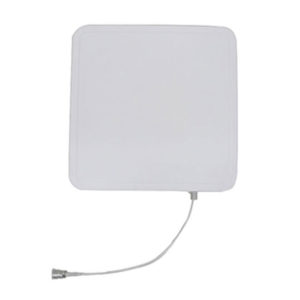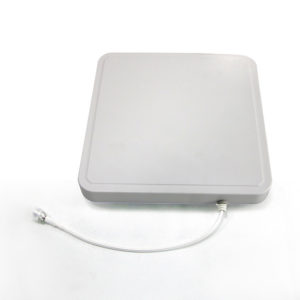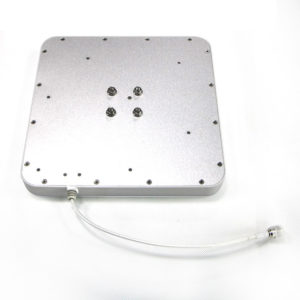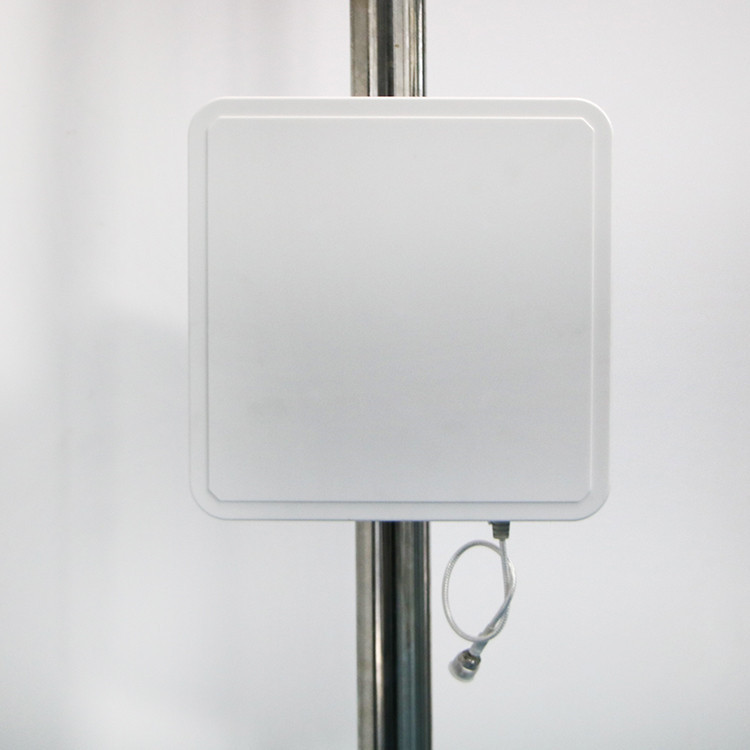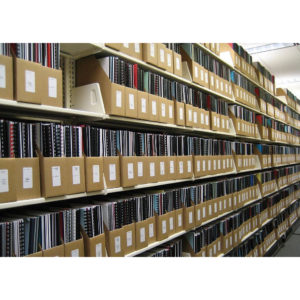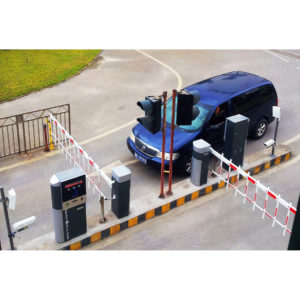Need Help?
FAQs
Frequently Asked Questions About Antenna
What is an antenna?
An antenna is used for transmission or reception of radio signals in wireless communication.
Does antenna size matter?
A bigger antenna, properly designed, will always have more gain than a smaller one. And it will be the best kind of gain, much better than using a small antenna and simply over-amplifying it, because a small antenna just won’t pull in truly weak signals like this gigantic one will.
Why is most antenna impedance 50 Ohm?
50 Ohm is an industry standard of coax cables and power amplifiers. It was chosen as a tradeoff between maximum power handling for the transmit coax and the copper losses. The optimum would have been anyway in the range of 30 to 100 ohm with average at 50 Ohm
What is RFID?
RFID is an acronym for “radio-frequency identification” and refers to a technology whereby digital data encoded in RFID tags or smart labels are captured by a reader via radio waves. Most commonly, an RFID tag consists of a microchip attached to a radio antenna mounted on a substrate. The tags contain electronically stored information.
RFID is widely used to identify and track the objects by attached tags automatically. It uses electromagnetic waves to read and extract the information stored in the chip of RFID tags.
RFID is used to reduce time and labor and improve real time data accuracy.
How do antennas work?
Electricity flowing into the transmitter antenna makes electrons vibrate up and down it, producing radio waves. The radio waves travel through the air at the speed of light. When the waves arrive at the receiver antenna, they make electrons vibrate inside it.
What is the advantage of external antennas?
External antennas usually offer better bandwidth and high performance due to the nature of their larger size. This often results in a higher rated gain (dBi) than their internal counterparts. Due to its smaller size, an internal antenna would not function well to support lower frequencies.
Ease of integration – an external antenna requires fewer design resources and shorter time to integrate to allow for a more rapid time-to-market. An internal antenna’s performance is influenced by device environment – PCB ground plane, nearby metal part, and enclosure. That would require much more effort such as impedance matching network to complete antenna desig
How Does RFID Work?
RFID system uses tags, or labels attached to the objects to be identified. For RFID Applications and Solutions, the RFID hardware system includes three parts, tag, antenna and reader. The reader with antenna send a signal to the tag and read its response.
RFID tags can be either passive, active or battery-assisted passive.Tags may either be read-only, having a factory-assigned serial number that is used as a key into a database, or may be read/write, where object-specific data can be written into the tag by the system user. RFID tags contain at least three parts: an integrated circuit that stores and processes information and that modulates and demodulates radio-frequency (RF) signals; a means of collecting DC power from the incident reader signal; and an antenna for receiving and transmitting the signal. The tag information is stored in a non-volatile memory. The RFID tag includes either fixed or programmable logic for processing the transmission and sensor data, respectively.
An RFID reader transmits an encoded radio signal to interrogate the tag. The RFID tag receives the message and then responds with its identification and other information. This may be only a unique tag serial number, or may be product-related information such as a stock number, lot or batch number, production date, or other specific information. Since tags have individual serial numbers, the RFID system design can discriminate among several tags that might be within the range of the RFID reader and read them simultaneously.
What is RFID Used For?
RFID technology is used in many industries and variety of RFID Applications and Solutions. For example:
RFID logistics tracking
Warehouse management
Door control system
Access Control
Man management system
Supply Chain Management
Pharmaceutical Tracking
Inventory Tracking
Retail Inventory Tracking
Asset Tracking
Jewelry Tracking
File Tracking
Laundry & Textile Tracking
Real-Time Location Systems
Returnable Transit Item (RTI) Tracking
Event & Attendee Tracking
Vehicle Tracking
Tolling Gate
Hospital Infant Tracking
Animal Tracking
Tool Tracking
Logistics Tracking (Materials Management)
Library Materials Tracking
Race Timing system and management

